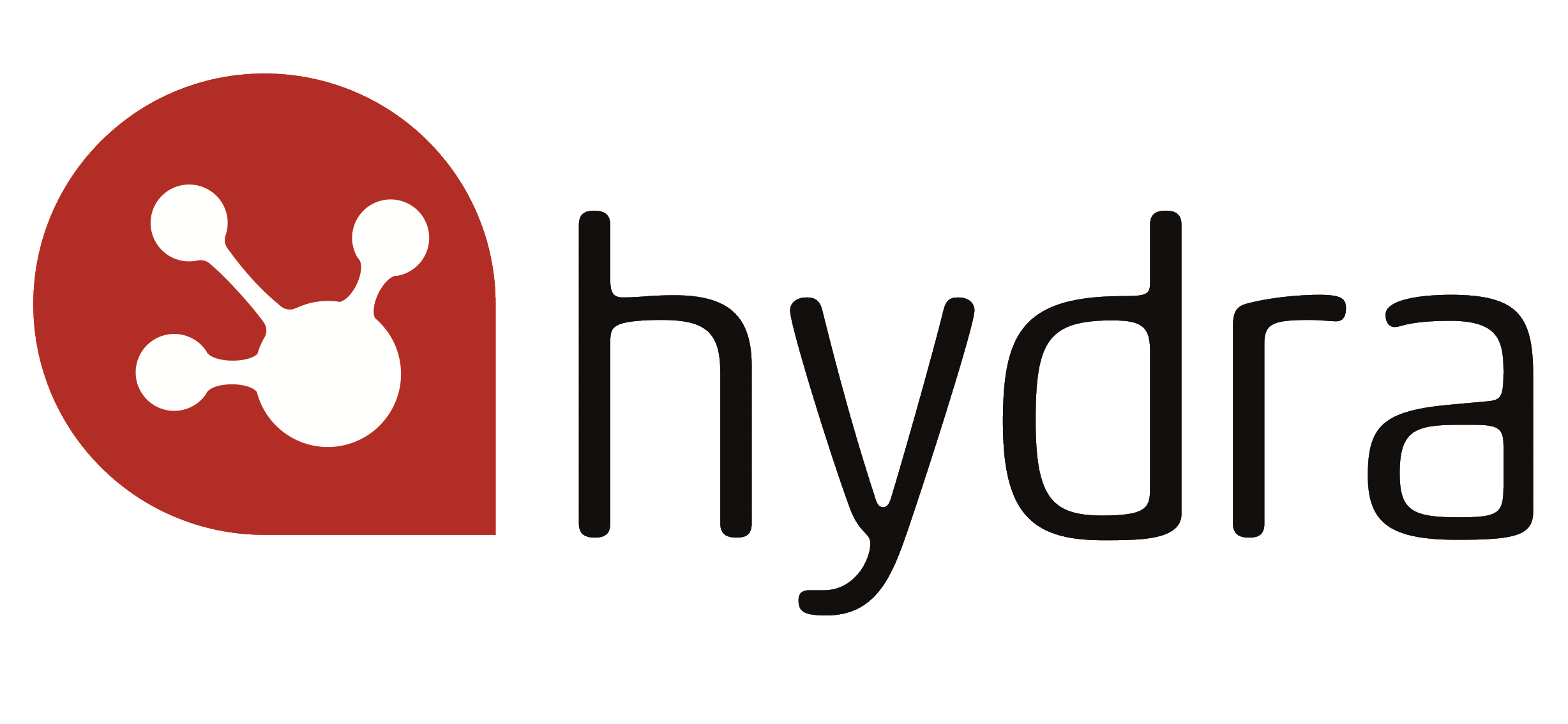5 steps to regaining control over your project
Optimising your client-facing, billable projects is key to your Business’ success. But what happens if your project is not progressing to plan and starting to go off-course, how do you go about regaining control over your project?
1. Where are you now?
You cannot move forward with the project without understanding exactly what is happening. Therefore, it is important to make a full and thorough assessment of the projects current status.
- Talk to team members to find out exactly what progress has been made irrespective of any previous estimates;
- Review all the tasks and activities to determine exactly where the project stands relative to the actual schedule and actual budget;
- What does the data tell you? Gather all the available data and reporting and use it to make informed decisions about what needs to happen next.
It is fundamental to regaining control over your project that you start from a known baseline, that way the re-planning has the best chance of success.
In addition to reviewing the status of the project in terms of time and budget, also reassess the available resources in terms of skills and people.
- Are the strengths and weaknesses of the team the same as they were at the beginning of the project?
- Do you need slightly different/additional resources?
- What is the availability of the additional resources?
2. Who is going to help you?
Next, bring the team together to discuss the issue(s) and begin to devise a rough course of action. Everyone involved in the project—from senior management to stakeholders to project team members—needs to accept that the current project isn't working and needs fixing. They also need to accept that the existing project plan and approach to project delivery is flawed and needs to be restructured. You can then begin to formulate the steps needed for recovery.
3. Where do you want to go?
- Re-affirm the project aim; the original vision that drove commitment to the project and enabled the project to get off the ground;
- Remind people of the original vision and try and reignite some of the enthusiasm with which the project started;
- Revisit the business aim and project scope to remind people of the benefits of the completed project, for them as individuals as well as for the organisation.
Involve people in the project and ensure they know the importance of each task they complete in the overall success of the project. This is the time to renew confidence and collaboration in the team, making every member feel valued and motivated to work towards a successful project.
4. How are you going to get there?
So you have thoroughly assessed where the project stands with respect to the budget, the schedule, the people and their skills. You know, and have communicated and reinforced, the business aim, the vision of the completed project to all the team members and all other stakeholders. The next step is to create a new project plan and roadmap to get from where you are now to a successfully completed project.
- Meet with your Stakeholders;
- Re-set your project goals and objectives;
- Re-define the deliverables;
- Create a new project schedule;
- Update your Risk Assessment;
- Present the project plan to stakeholders and senior management;
- Share the project plan with project team members.
5. What next?
Taking the time to ask questions and understand what knocked your project off track is valuable so that you have a true record of the lessons learned that can be taken forward positively.
We live in a world of constant change and uncertainty so it follows that when planning our projects and resources we need to be realistic and develop a more flexible and dynamic approach. Resource management software can help you plan the assignments of all your resources across all your projects, avoiding over and under-utilisation and making sure that the required skills are always matching the right tasks.
Effective monitoring of your projects as well as your team can help you maintain control over your projects. A project management solution that offers a robust monitoring and reporting system can help you to predict and prevent costly overruns and delays. Software that offers real-time visibility and reporting as well as transparent communication and workspaces, that each and every member of your team can access, keeps your team focused and your project on track.
Hydra is the only project automation solution on the market that combines the benefits of project and resource management, business process management and knowledge management with blueprint technology to help you define, execute, control and govern you projects.
Download our brochure for more information or connect with us to find out how to can gain more control of your projects.


